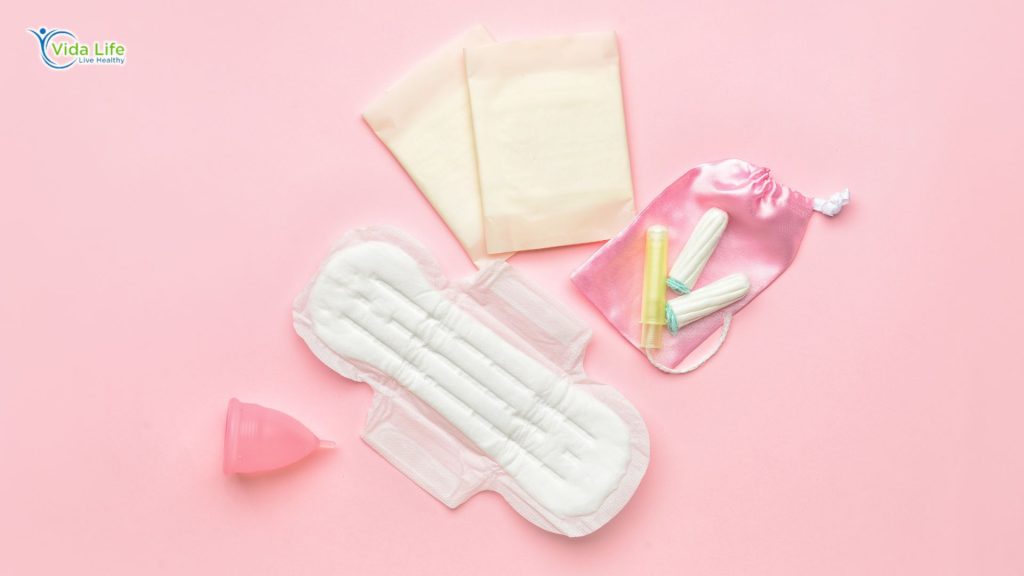
After the toxic shock syndrome scare in the 1980s, most tampon manufacturers phased out synthetic materials from their products; however, some do remain and can enter your vagina where they interact with its healthy bacteria, potentially leading to health problems including toxic shock syndrome.
Organic cotton tampons use no harmful pesticides and are made with hypoallergenic, unscented cotton with a BPA-free applicator, making them an excellent option for sensitive skin.
Pesticides
Some organic tampons may contain non-organic cotton that has been exposed to pesticides, raising concerns as tampon use poses an exposure risk that could harm users.
Vaginal tissue exposed to pads and tampons is permeable, meaning chemicals can pass through without being metabolized, leading some researchers to express concerns over chemicals like per- and polyfluoroalkyl substances (PFAS), phthalates and bisphenols that might be present in menstrual products.
Studies have also demonstrated that tampon use increases oxidative stress biomarkers while simultaneously decreasing antioxidant levels among women. Thankfully, organic brands of tampons are now available which are free from chemicals such as BPA and phthalates – helping minimize exposure risk while supporting sustainable agriculture and healthy ecosystems.
Dioxin
Dioxins, persistent organic pollutants that pose serious risks to health, are produced when wood pulp is bleached with chlorine in order to make conventional tampons and pads with white hue. Dioxins also become air pollution when left in closed environments for extended periods.
Many organizations claim that organic cotton or all-natural fiber tampons are safer to use compared to regular tampons; however, San Francisco Bay Area ob/gyn Jen Gunter told SELF this was misleading advertising.
Most tampons, whether organic or not, are typically composed of rayon or cotton fibers that have been bleached with elemental chlorine during production, creating dioxins like 2,3,7,8-tetrachlorodibenzop-dioxin and polychlorinated dibenzofurans; however, amounts found in tampons are substantially lower than estimated daily exposure levels through food sources.
Titanium Dioxide
Titanium dioxide can be found in many consumer products, from sunscreen to salad dressing, chewing gum and drink mixes. Titanium dioxide acts to whiten these products while also helping absorb some of the sun’s UV rays, providing protection for users against sunburns. Titanium dioxide also finds applications in food such as salad dressing, chewing gum, ice cream and drink mixes.
Research linking titanium dioxide with cancer is increasing, yet most new wave period brands have pledged transparency and do not use it in their products. Furthermore, most brands only use it in very small amounts and the FDA has stated that tampons don’t contain enough titanium dioxide for any negative side effects to be caused; still it would be prudent to check labels just in case – titanium dioxide can be found listed as E171 on food labels.
Phthalates
Women use tampons for decades of their lives, so long-term exposure to chemicals in menstrual products such as tampons can have serious repercussions. Many contain pesticide residue, dioxin from bleach and untraceable “fragrance” ingredients; organic cotton tampons may reduce this risk while non-toxic certified by Made Safe can further mitigate it.
Recent studies have demonstrated that tampons and pads contain significant concentrations of endocrine-disrupting chemicals (EDCs) like phthalates used to make plastic more flexible, as well as antibacterial chemicals like triclosan that disrupt normal hormone functioning. Although alarming, these findings don’t address TSS directly – an extremely rare bacterial infection which can cause life-threatening shock – so changing them every 4-8 hours and not leaving overnight will drastically lower your risk.
BPA
In the 1980s, highly absorbent tampons were linked with toxic shock syndrome (TSS), and researcher Robert Tierno was instrumental in connecting TSS and synthetic materials found in superabsorbent tampons.
Tierno now works at Kimberly-Clark, makers of Kotex tampons and pads. While most manufacturers won’t disclose what materials are used, Tierno noted that public patent documents reveal an array of absorptive materials, additives, and fragrances not generally disclosed to consumers.
Some organic tampons boast of being free from BPA, an endocrine-disrupting chemical found in plastic. Unfortunately, though, most organic tampons still use rayon and cotton fiber bleached without chlorine that could produce dioxins; some even include fragrances without sufficient safety studies being conducted before their inclusion on the market. Furthermore, even natural or conventional tampon applicators can cause abrasions that allow bacteria into your system.


